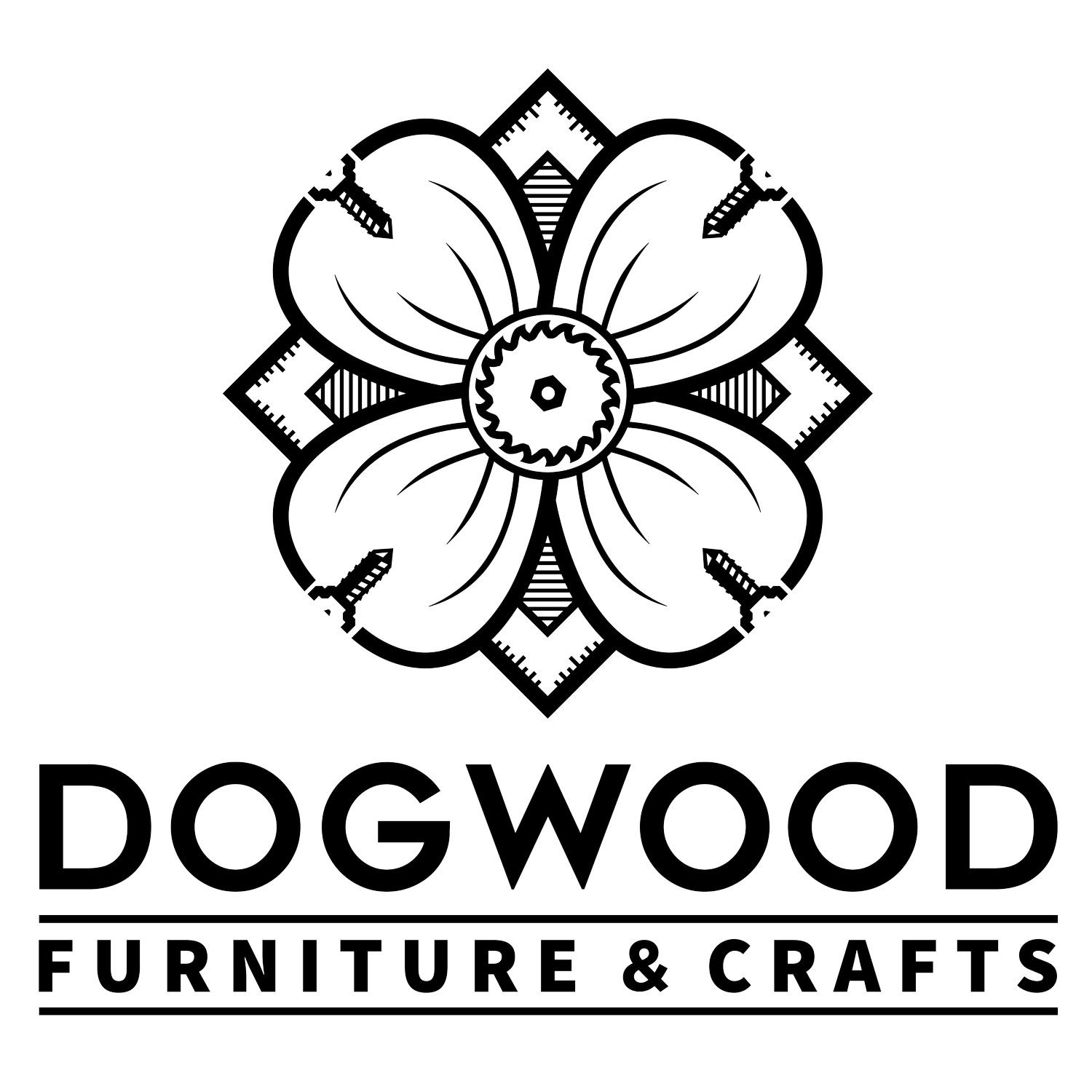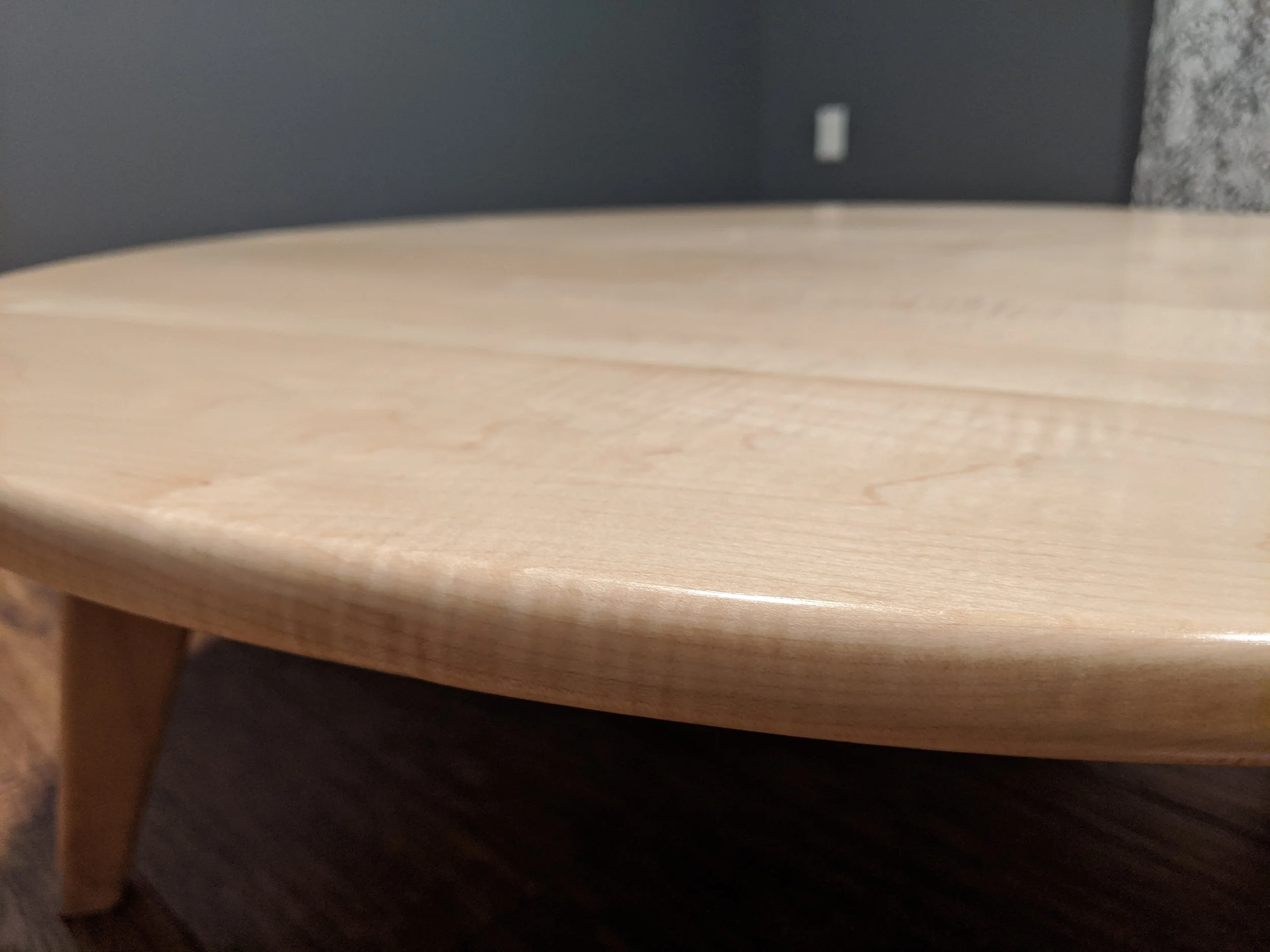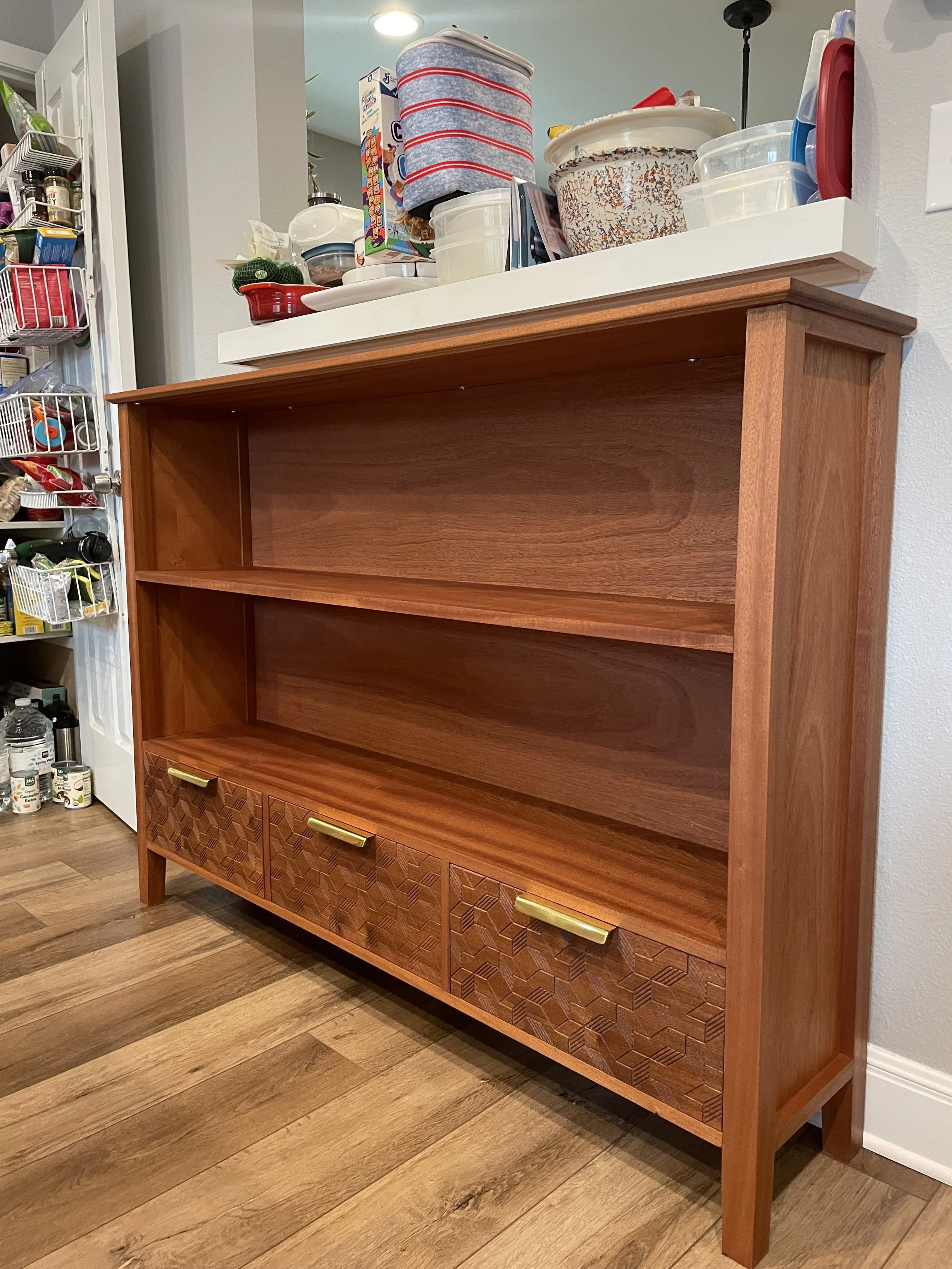Material Guide
-
Softwoods and hardwoods are defined based on the tree’s ability to lose its leaves annually. Also categorized as coniferous and deciduous, softwoods and hardwoods generally live up to their names as being respectively soft or hard, though there are some exceptions. Some hardwoods like basswood, balsa and poplar can be extremely soft, while some softwoods, like redwood and heart pine are actually quite hard. For the purposes of building and construction, typically softwoods are limited to areas where the hardness is not important, instances such as framing, subflooring, fascia, etc. They are often used in painted applications as well.
-
Hardwood is a term that is ubiquitously used when talking about furniture, but it is important to note, that not all hardwoods are the same. You may find that an online retailer advertises their furniture as made out of hardwood, but neglect to mention the specific wood. They are likely using inexpensive species such as rubberwood or another less desirable hardwood. There is nothing wrong with this! Great furniture can be made out of anything. That being said, some woods are better used in certain applications.
This is where I like to work with the client to make sure the wood we’ve chosen fits the form and function of the project. I avoid using stain and only use finishes that bring out the natural tones of the wood (or, conversely, mute tones to keep a “raw” look while still protecting the wood).
-
There are two major aspects of the lumber selection process: color and grain. The color is usually what we start with when selecting a hardwood. For example, if you know you want a dark brown look, you’ll likely be drawn to walnut with its rich chocolate appearance. If you’re looking for a wood with red tones, you'll have some choices with mahogany, pecan, or cherry. Whiter woods like white oak, beech, and maple are also common for a natural wood tone. Once we’ve decided on colors and tones, we’ll want to discuss grain patterns - first, how prominent or subtle do you want the grains to me? Maple and beech are more subtle, while red oak and white oak have very prominent grain patterns. Some woods will have very distinct and unique patterns depending on how they are cut at the mill.
-
Hardwoods are sold by units called “board feet”. One board foot is 12’’x12’’ and 1’’ thick. Typically, hardwoods tend to be priced based on supply and demand and species will fluctuate within the market. Thicker boards of the same species will be more expensive due to the amount of time and energy it takes to mill, dry, transport and store them.
While I won’t be able to provide exact pricing until the estimate stage, I’ve grouped common materials based on tiers of cost:
$
Alder, Beech, Poplar
$$
Maple, Cherry, Mahogany, Red Oak
$$$
Walnut, Pecan, White Oak, Mesquite
-
Most of the sheet goods you will see in furniture will be some sort of plywood. Cabinets may incorporate MDF in some aspects and cheaper products such as particle board are also available and common with many discount retailers.
I typically use domestic maple plywood for painted applications though there are cheaper options that can be sourced from overseas that are of a lower quality. The quality is typically found in the thickness of the outer layer of veneer and in the consistency and thickness of the middle core.
For furniture applications, I will either use furniture grade hardwood veneered plywood that is already manufactured with the veneer of the needed hardwood, or I may make the veneer in my shop and create my own custom plywood. This may be necessary if trying to maintain the same color, grain pattern, species, etc as the rest of the furniture and the commercial option is not viable.
Furniture Grade Hardwood Examples
Cherry
Walnut
Maple
White Oak
Mahogany
Pecan






